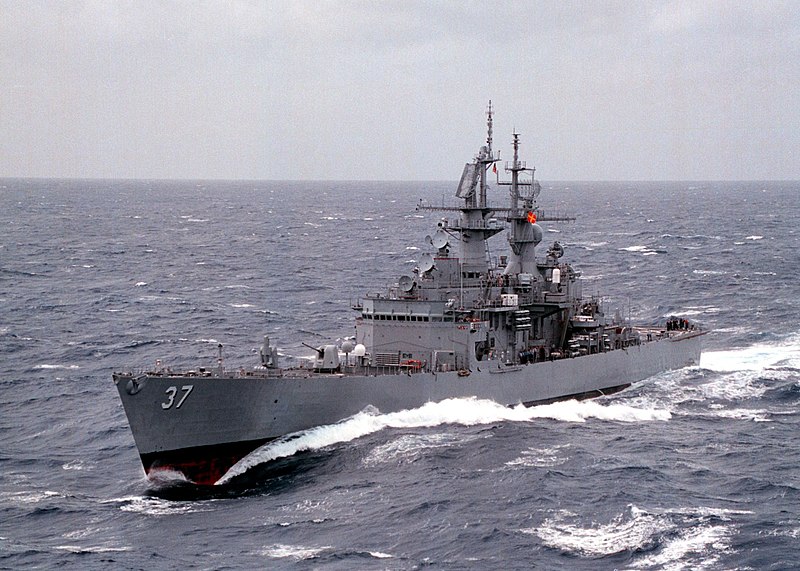joshuatree
Captain
Personally, I do not buy into the 1/3 size or whatever demo modules. They can build and analyze modules on the computer well enough to avoid the cost and time needed to build such models IMHO for it getting them to a decision point.
Given their ability to build the LPDs and completely refit the carrier, I think there is little doubt that their major naval shipyards are up to the task.
So then, why another STOBAR?
My opinion is that for all of the following reasons, they will build an improved Liaoning type carrier as their first indigenous carrier.
1) The Liaoning is what they know...and they know it well. It is the least risk and the least cost to get their own carrier built.
2) The cost of ownership of both the Liaoning and this new carrier are markedly less if they both operate similarly and use the same equipment. Training, maintenance, operations, all will benefit from the same logistical and policy/operations trains.
3) This allows them to continue training pilots, aircrews, deck chiefs, and continue operating both carriers with the J-15 as is, without having to redesign the front landing gear to withstand a cat launch.
4) It also gives them the ability to improve on the Liaoning as a STOBAR. Bigger hanger, smaller more efficient Island, etc.
5) Finally, it gives them an excellent opportunity to design Liaoning II with the ability to install cats at the waste position later if they so desire, so they can begin getting into the catapult operations in the future. In this way they could use the 2nd carrier (with all of the above mentioned benefits) as a stepping stone to CATOBAR too. So they design provisions for the cats into the deck and under structure of the new carrier so that later, those cats can be installed and operated when they deem it right.
Anyhow, for all of those reasons I believe such a step would be beneficial, logical, the least costly and the least risk .
If it will be an improved Liaoning, what improvements do folks think it will be? Smaller island, larger hanger have been mentioned. What about displacement? 70,000 tons? 80,000? I would include larger elevators. How about electric propulsion pods? Gas turbine?
Or any chance the modules we are seeing are lessons learned from Liaoning to build a LHA/LHD?






